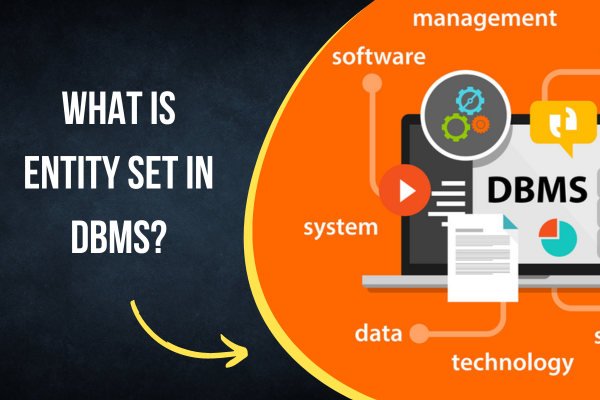An entity set is a collection of similar entities in a database management system (DBMS). Each entity in an entity set represents a real-world object, such as a customer, product, or order. The entities in an entity set share the same attributes, which are the properties that describe the entities.
For example, the entity set of customers might have the following attributes:
- Customer ID
- Name
- Address
- Phone number
- Email address
The entities in an entity set can be linked together by relationships. A relationship is an association between two or more entity sets. For example, the customer entity set might be related to the order entity set by a “placed” relationship. This relationship indicates that a customer has placed one or more orders.
Entity sets are used to organize data in a database. By grouping entities together that share the same attributes, it becomes easier to query and manipulate the data. Additionally, separating different entity sets prevents data from becoming cluttered and disorganized.
There are two types of entity sets: strong entity sets and weak entity sets. A strong entity set is an entity set that contains sufficient attributes to uniquely identify all its entities. A weak entity set is an entity set that cannot be uniquely identified by its own attributes. Instead, a weak entity set must be linked to a strong entity set in order to be uniquely identified.
Entity sets are an important concept in DBMS. They provide a way to organize data in a logical and efficient way. By understanding entity sets, you can better understand how databases work and how to query and manipulate data.
Examples of Entity Sets
Some examples of entity sets include:
- The entity set of customers in a customer relationship management (CRM) system.
- The entity set of products in an e-commerce system.
- The entity set of orders in a shipping system.
- The entity set of employees in a human resources system.
Note–





Leave a Reply